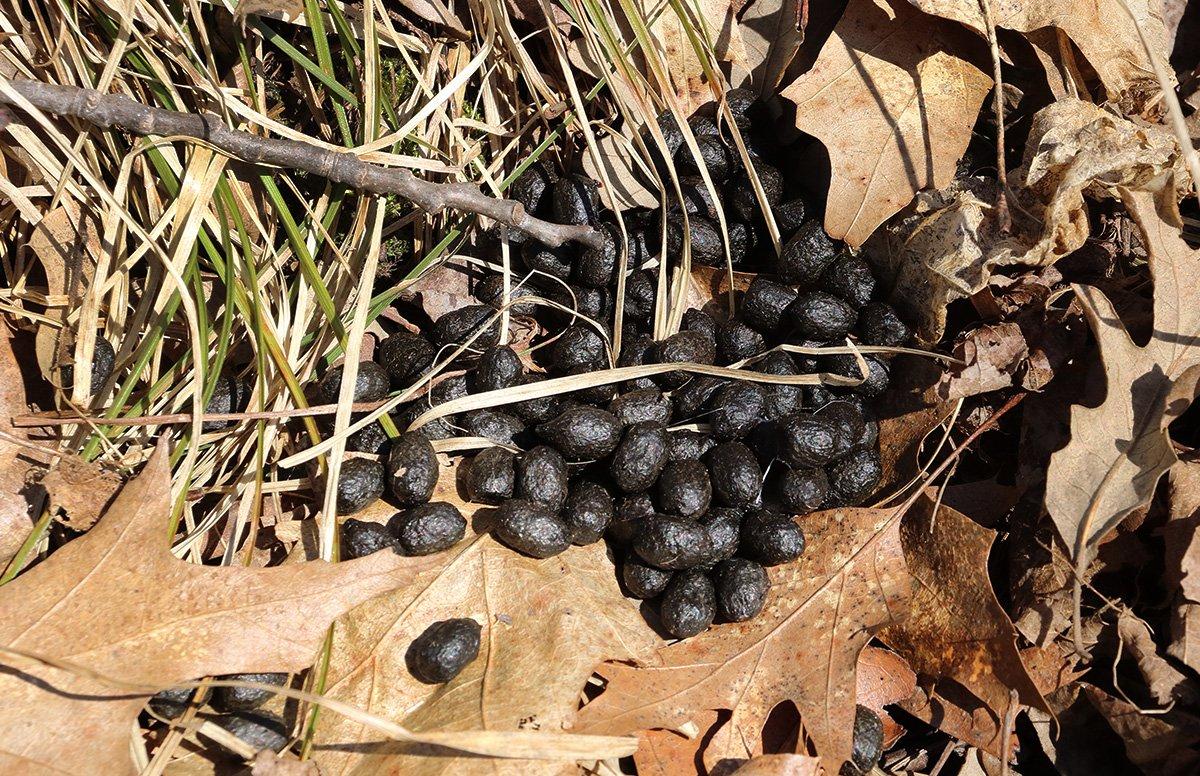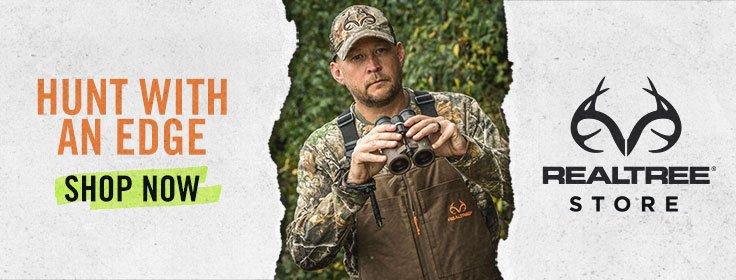Can you really tell a buck from a doe by the shape of its droppings? We have the answers you're searching for (and maybe some that you're not)
Man, that's a big pile of buck crap right there.
I've heard it a dozen times. You've heard it too, or even said it. We all have. But the deer biologists in goggles and gloves who study deer poop for a living (and other, more glamorous things) say it's actually pretty difficult to distinguish buck and doe droppings.
While the myth of the buck turd is mostly false (more on that momentarily), there are still plenty of things we can learn from deer scat.
1. Fawns poop when does tell them to.
Since a major part of fawn survival hinges on scent reduction, they don't poop where does hide them. Does will take fawns to neutral areas - well away from daytime hideouts - and let them nurse and poop all at once. Fawns can only defecate after their mothers stimulate them while nursing, according to Duane Diefenbach, wildlife ecology professor and leader of the PA Cooperative Fish and Wildlife Research Unit. Weird as it is, does often consume their fawns' feces, too. This process reduces scent and helps protect the fawn from predators.
2. Adult deer are very regular.
During fall and winter, most whitetails empty their bowels about 10 to 15 times per day. In spring and summer, this frequency spikes, fluctuating between 20 and 30 times. Interestingly, their bowel movements are so predictable that many wildlife agencies often guestimate deer population densities based on the number of poop piles they discover within a designated area. You can do the same: Hunters who take trail camera surveys seriously can use this method to verify population densities.
3. It's nearly impossible to distinguish between buck and doe poop.
The commonly held belief is that large, tubular excrements belong to bucks, and small, pelleted piles belong to does. But according to Buckmasters, research shows that it's virtually impossible for hunters to distinguish between buck and doe poop. Both sexes produce both scat shapes. When comparing tubular scat, bucks can have longer stool pieces, but that's not always true. The bottom line? Unless you see the deer that dropped it, scat shape alone won't indicate a deer's sex.
4. Bucks sometimes drop more pellets, though.
Male deer can, however, produce more pellets than female deer. When comparing pelleted scat, a buck drops 70 to 80 per session on average, while does generally produce 50 to 60. Seriously though - what hunter is going to stop and count? If you're after a mega-giant though, maybe you should bring a latex glove and a No. 2 pencil, and count to 80.
5. Color and moisture suggest how long the scat has been there.
The coloration and moisture level of a pile helps determine the age of deer poop. Droppings that are still dark, shiny and wet are likely less than 12 hours old. If there's no moisture and droppings look lighter in color, there's a good chance the scat is at least 24 hours old, if not several days. Droppings become more fibrous over time, and scat that's cracked, crusty or broken is usually at least a week old.
6. Digging through poo gives clues.
Learn what deer are eating, and when, by examining scat. A forage's water content will dictate its composition and shape. Mounds of firm, pelleted dung suggests woody browse (buds, leaves, twigs), grain (corn, oats, soybeans) and hard mast (acorns and nuts). Long, singular, squishier poop indicates recent consumption of broadleaf plants, forbs, grasses, and soft mast (apples, peaches, pears, persimmons, plums, etc.).
7. Handle deer droppings with care.
Prions - malformed proteins shed by CWD-positive deer - are commonly found in deer urine, feces and saliva. While it's currently believed that humans can't contract this disease, who really wants to become a lab rat? If you're going digging, carry gloves or use a stick.
8. Concentration indicates high-traffic areas.
The best lesson you can learn from deer poop is that a lot of it indicates a good hunting spot. Hunters who stumble on extensive piles of poop should take note. Often, excessive scat is located near preferred food sources, water sources, and bedding areas. If you find a bedding area that's full of it, go mobile and get as tight as you dare on that deer.








